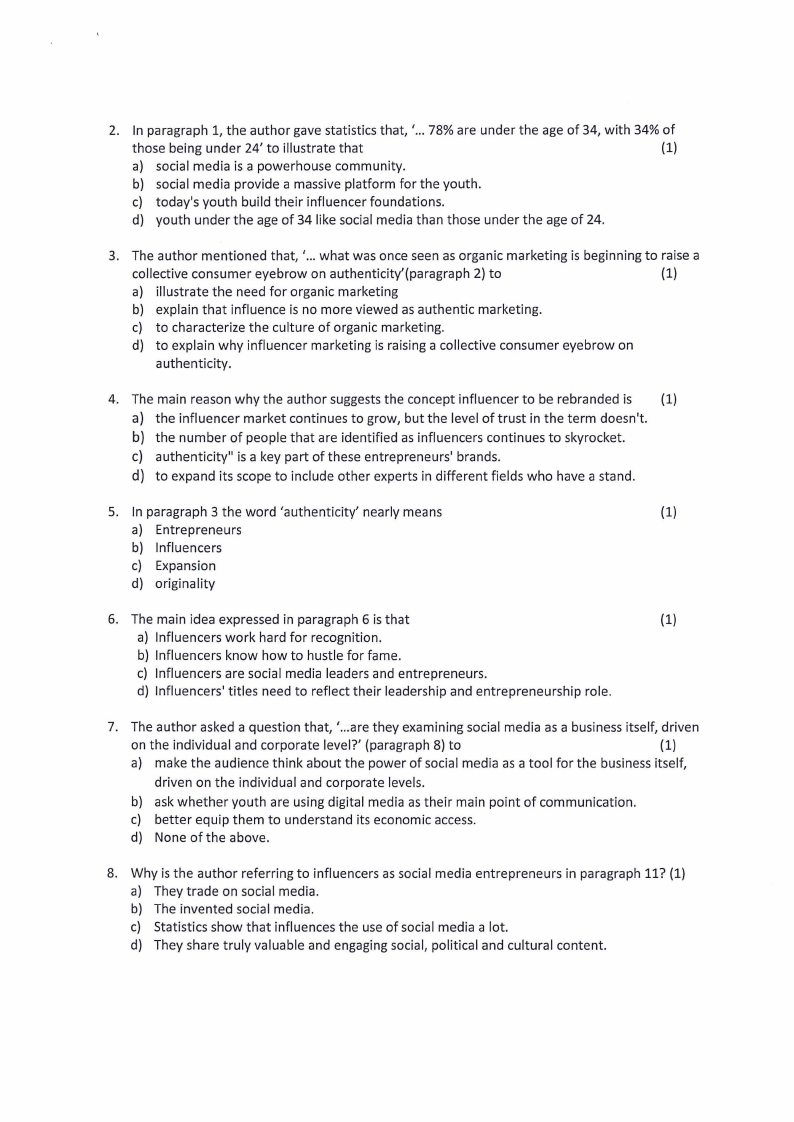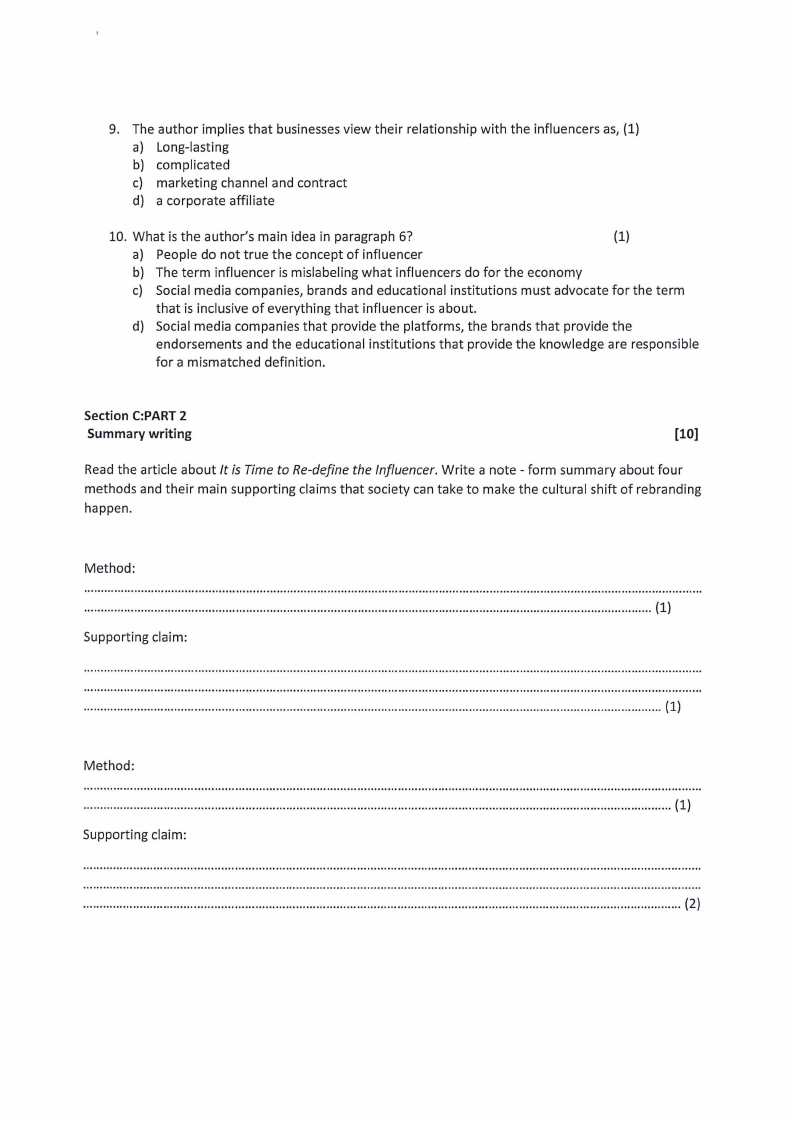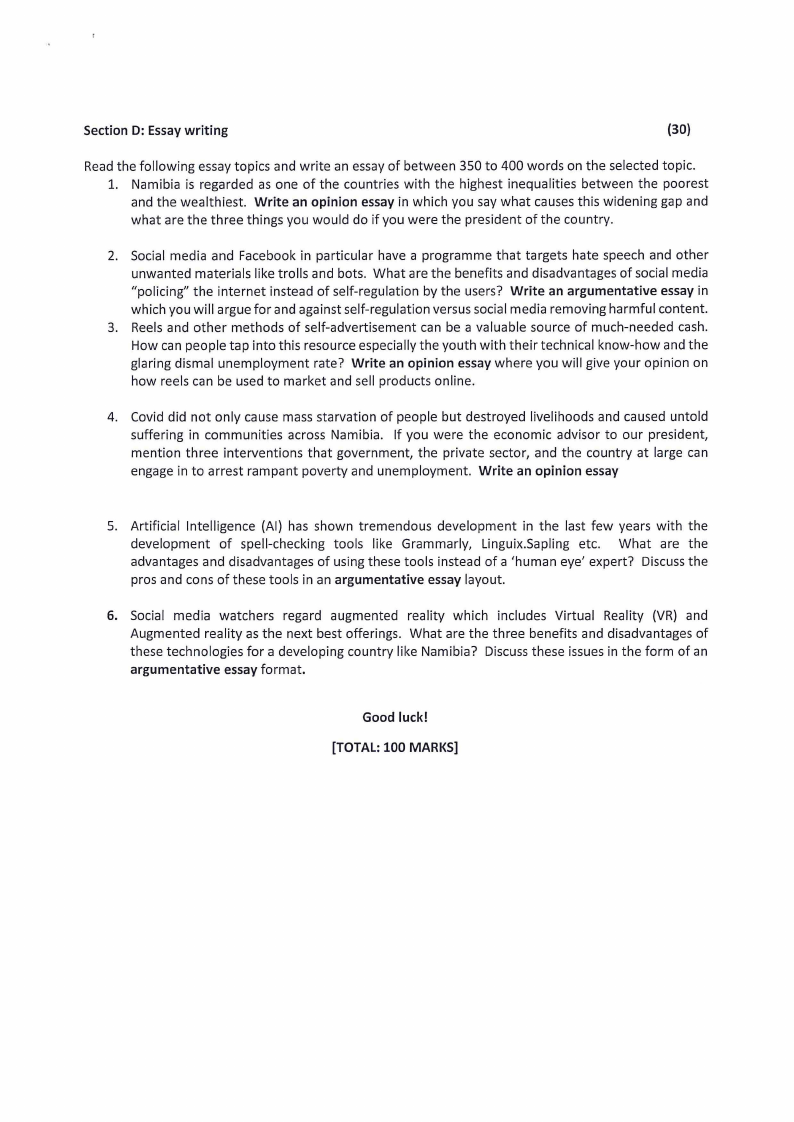
4. The other competing theory, posed by linguist Noam Chomsky and evolutionary biologist Stephen
Jay Gould, is that language evolved as a result of other evolutionary processes, essentially making
it a byproduct of evolution and not a specific adaptation. The idea that language was a spandrel,
a term coined by Gould, flew in the face of natural selection. In fact, Gould and Chomsky pose the
theory that many human behaviours are spandrels. These various spandrels came about because
of a process Darwin called "pre-adaptation," which is now known as exaptation. This is the idea
that a species uses an adaptation for a purpose other than what it was initially meant for. One
example is the theory that bird feathers were an adaptation for keeping the bird warm, and were
only later used for flying. Chomsky and Gould hypothesize that language may have evolved simply
because the physical structure of the brain evolved, or because cognitive structures that were
used for things like tool making or rule learning were also good for complex communication. This
falls in line with the theory that as our brains became larger, our cognitive functions increased.
5. Of course, researchers can't even agree on what constitutes language among early man. Some
consider the proto-language of Homo habilis the first real language. Others say it can be chalked
up to Homo erectus, while most believe that what we understand as modern language came from
Homo sapiens. We do know that Homo habilis is responsible for bringing tools onto the scene,
about 2.3 million years ago. This has led some to believe that the cognitive function of Homo
habilis was much more advanced than his predecessor, Australopithecus. According to research,
the temporal, parietal and occipital lobes of the brain were physically connected for the first time
with Homo habilis. That area of the brain is known now as Wernicke's area, and it has a lot to do
with language production. This supports Chomsky and Gould's theory that our brains physically
adapted to be able to make tools, and language then arose because of this adaptation.
6. For those of you who think both camps present pretty good arguments, there's good news: they
aren't mutually exclusive. While science now shows us that it's likely there already were neural
structures in place that allowed language to evolve, meaning it was likely exapted, that doesn't
hecessarily explain language in full, with all of its complexities. Stringing words together into
sentences and the notion of grammar in language may have a lot to do with natural selection. So
perhaps language was originally exapted, but was refined through Darwinian selection. Surely a
Homo sapiens with more advanced communication skills would have some kind of evolutionary
advantage over his single-word grunting cousin. But that more refined Homo sapiens wouldn't
even have the opportunity to speak his first sentence if his brain hadn't evolved to allow him to
make a primitive hammer.
Answer the following questions in your answer book.
1. Name three ways in which primates communicate.
(3)
2. Name three characteristics of language that must be explained by hypotheses for language
origins.
(3)
3. Explain the meaning of natural selection.
(1)






























